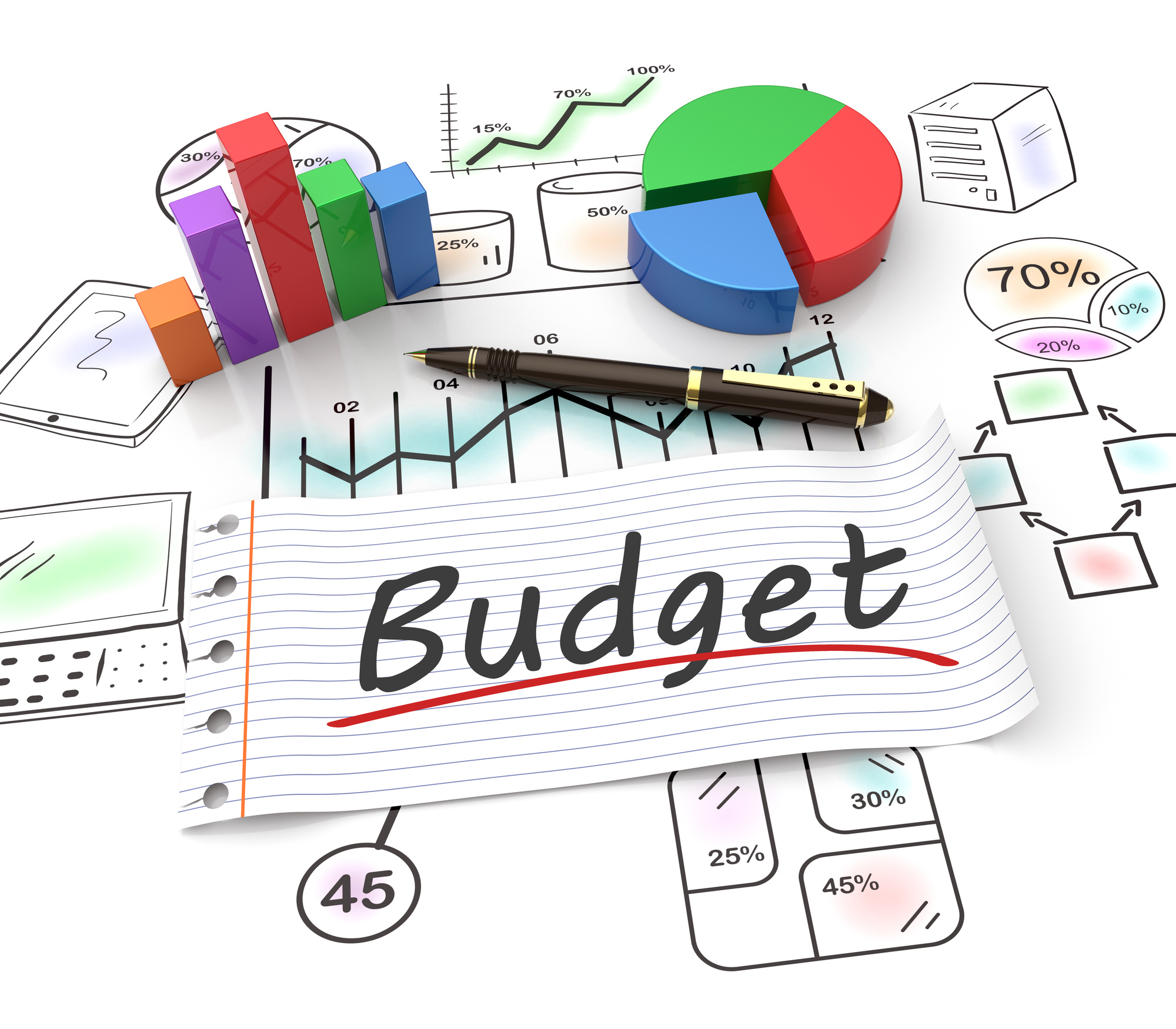In today’s world, people ages 9 to 90 turn to the internet for products and services they need. If your business doesn’t have an online presence, you could miss out on thousands in revenue.
Strategic online marketing helps businesses reach their target audience, increase brand awareness, capture leads, track customer data, stay top of mind, and drive revenue. Perhaps that’s why top brands spend an average of 72% of their total marketing budget on digital marketing!
If you’re starting a business or want to improve the online presence you already have, you need a targeted digital marketing budget to make the most of your investment.
Keep reading to learn how to create the ideal digital marketing budget for your business.
How Much Does Digital Marketing Cost?
Are you wondering how much digital marketing for businesses costs? There are a variety of factors that determine which digital marketing tools your business needs and how much you should spend.
For instance, say you’re in a highly saturated niche in a competitive market. You will probably need to invest more into your digital marketing to stand out from the crowd.
On the other hand, if your business is in a small town with very little competition, you can invest less in your marketing.
Your current digital marketing status also determines how much you will need to spend. If you’re a start-up or your online presence needs a lot of help, you will need to invest more. You won’t need to spend as much on your digital marketing if it is established and already converting well.
Let’s talk some hard and fast numbers to give you a ballpark on what you can expect to spend.
On average, digital marketing agencies charge between $80 and $200 per hour. A good rule of thumb for the best results means spending 20 hours per month on digital marketing.
Typically, small to mid-size businesses pay $2,000 to $6,000 per month for digital marketing. Large companies spend between $10,000 and $50,000 monthly. It’s not uncommon for giant corporations can allocate $100,000 per month and beyond to digital marketing services.
Creating Your Digital Marketing Budget
Digital marketing is constantly evolving. Too many companies take a “throw mud at the wall and see what sticks” approach instead of budgeting for precise results. Here are some tips for developing a digital marketing plan to get maximum results from your investment.
1. Set Your Digital Marketing Goals
What do you hope to achieve from your online marketing? Do you wish to boost brand awareness, make more sales, or a combination? Your desired outcome will influence your digital marketing strategy and budget.
If you want to increase brand awareness, your goal may be expanding your reach and growing your following. If you’re going for more sales, your plan should include measurable sales metrics.
If you’re not sure which marketing will help your business the most, consult with a digital marketing company like SMDigital. We will evaluate your business and help you decide where to focus your energy.
2. Determine Which Types of Digital Marketing You Need to Achieve Your Goals
Think of each digital marketing tool as a vehicle to “drive” you to your goals. You wouldn’t use a bicycle to visit another country, and you wouldn’t use an airplane to chat with your neighbor. Your goals will directly influence the types of digital marketing you need to utilize and where to increase or decrease spending.
Here are popular digital marketing services:
- Search engine optimization (SEO)
- Email marketing
- Pay-per-click advertising
- Marketing automation
- Content marketing
- Application development
- Web development
- Social media marketing
Each is extremely powerful and proven to drive business growth. They all are effective, but you must determine which ones will be the most effective for you.
So how do you decide?
First, take a look at the past. Have you tried any digital marketing campaigns before? Revisit the numbers and determine which campaigns offered the best return and which ones sucked resources with little return.
If you’re still not sure, consult with a digital marketing professional about your goals.
3. Set Your Budget
Once you’ve got an idea of what you need to spend your marketing dollars on, you need to determine how much you can afford to spend.
Studies show successful businesses spend 7-12% of their overall revenue on marketing. Of that, they spend 50% or more on digital marketing. That number is only expected to grow as spending on traditional advertising continues to decline each year.
For example, if your business’s annual revenue is $2 million, you should allocate a minimum of $70,000 per year to digital marketing.
Assess how much you spent on marketing last year. Did you fall short of the benchmark? If you can’t meet the minimum now, how much can you afford to spend on digital marketing until you can?
4. Allocate Your Marketing Dollars Using the 70-20-10 Rule
At this point, you’ve set a digital marketing budget and have a general idea of how you want to use it. Now it’s time to zero in on how you will allocate funds.
One helpful strategy is the 70-20-10 Rule:
- Spend 70% on “now” activities
- Spend 20% on “next” activities
- Spend 10% on “new” activities
Your “now” digital marketing activities represent safety. These are the strategies that have worked well in the past.
Your “next” activities are new-to-you digital marketing. These digital marketing strategies have proven successful in the marketplace, but you have not tried them yet for your business.
Finally, “new” represents experimentation. This tiny segment of your budget is dedicated to emerging technology and trends. Dipping a toe into new digital marketing techniques helps you stay ahead of the competition.
5. Track Results Over Time
Implementing successful digital marketing is an ongoing process. Once you’ve established your plan, be sure to track your results over time. Don’t become too tied down to one strategy — you may be surprised by what ends up working and what doesn’t.
Some measurements to track are the number of site visitors, social media engagement, new followers, new buyers, repeat buyers, and more. After a few months, analyze where you’re seeing the most growth.
By watching your analytics, you can tweak your strategy quarterly or annually to improve your online marketing.
Creating Your Digital Marketing Budget
Companies that deploy powerful digital marketing enjoy exponential growth by spending strategically to maximize their return on investment. Your ROI starts with your digital marketing budget. Your budget starts with your goals.
SMDigital is an award-winning international digital marketing agency. We can help you assess your marketing needs, goals, and strategies to curate a plan that fits your budget.
Are you ready to launch your digital marketing campaign and take your business to the next level? Do you have a project you want to discuss? Reach out to SMDigital today — we can’t wait to help you!







